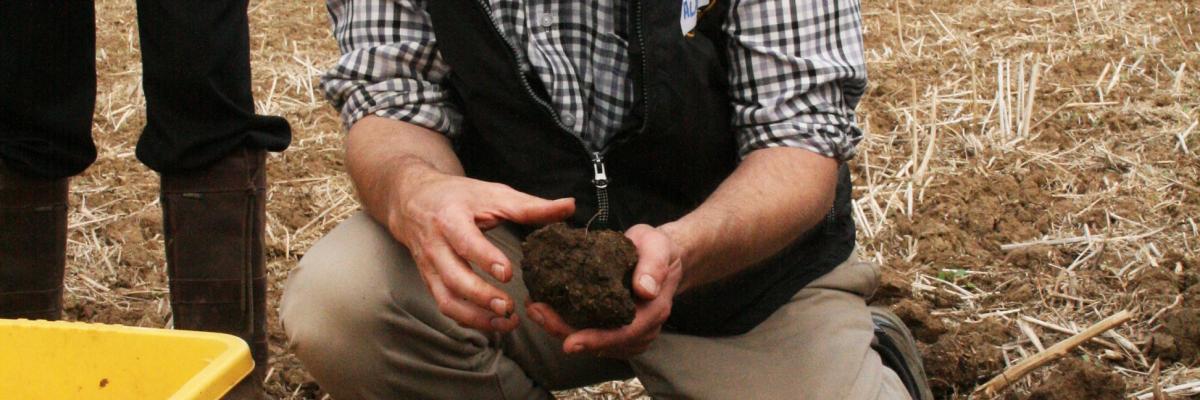

Soil Analysis and Management
IOTA Results of Organic Research: Technical Leaflet 4
Download the PDF
This Organic Training & Advice (IOTA) technical leaflet is one of a series produced as part of a Defra-funded project.
It outlines how you can use and apply soil analysis to improve and manage soil fertility, and provides clear, practical guidance on how to take soil samples.
It explains the importance of measuring soil pH, the relevance of key nutrients in organic systems, the different forms in which they exist in soils, and methods used to estimate their availability to plants. It also includes the Defra-recommended target soil index for each nutrient.
The section on soil biological properties describes the interactions of soil organic matter and soil organisms and analytical methods used to measure their levels.
Other information includes descriptions of soil analysis techniques used in the UK, pointers on selecting a lab to use, and descriptions of other ways you can monitor your soil and identify any potential problems.
- Analysing your soil will help you manage soil fertility. However, how much you can improve it will depend on site-specific properties and your soil structure.
- Soil analysis is critical for your nutrient management planning (rotation planning and manure and fertiliser application), for preventing long-term nutritional and health problems (crop and livestock), preventing pollution, and for derogations for use of restricted inputs.
- Nutrient budgets should be used with soil analysis for nutrient management planning.
- Regularly repeating analyses will help identify nutrient availability trends and you can then adjust nutrient management accordingly.
- It is a good idea to sample every field once per rotation and when you introduce new crops or if crops are under-performing or displaying deficiencies.
- It is good practice to keep notes about soil conditions in different fields, bearing in mind that problems like compaction can adversely influence plant growth and nutrient uptake.
- 80-90% of all soil processes result from the interaction of soil organisms and organic matter. These interactions critically affect nitrogen fixation, transmission and prevention of soil-borne crop diseases, interactions with plant roots, decomposition of organic substrates, and the transformation of nitrogen, phosphorus and sulphur through direct and indirect microbial action.
